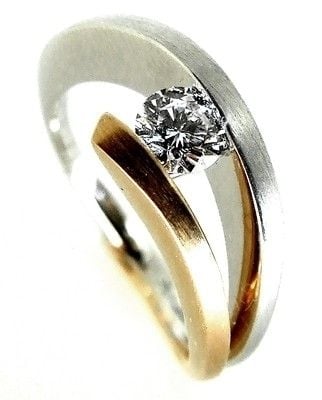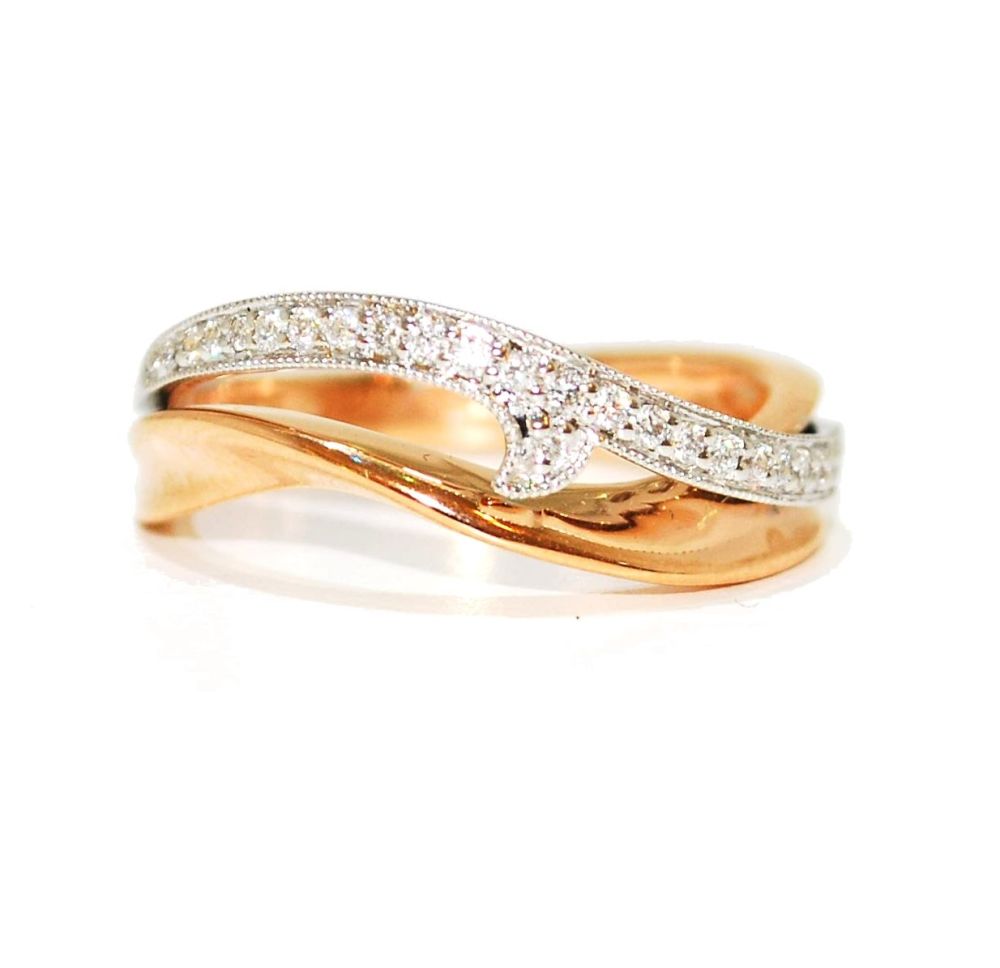How to Commission a Piece of Jewellery
Posted on
As some of you may have noticed, we are currently running an exciting new competition, where we are giving one lucky person the opportunity to win a bespoke engagement ring, designed and handcrafted especially for you. Click here for info.
For those of you thinking of entering our great competition, or for those considering commissioning a piece for a loved one or as a treat for yourself. We have put together a concise explanation of how the bespoke process works, just to give you a clearer idea of what to expect and how to get the most out of the experience
Selecting the Piece
The first step is to decide on the piece of jewellery. Having an idea of whether you would like a ring, necklace, earrings? etc. is a good place to start. Another thing to consider is if it is an entirely new piece or does it perhaps incorporate an old family ring of sentimental value? Family heirlooms often sit around gathering dust, when they could be converted into something more modern and wearable with a rework!
Selecting a Style
Everybody has their own preference of style when it comes to jewellery, as it’s a very personal thing. So deciding on something classic and delicate or bold and chunky is an important thing to be taken into consideration to be able to communicate your idea across to your jeweller.
Collecting images of things you like, can be a very helpful tool to give you and your designer a clearer vision.
Being Clear on Budget
The sky is the limit when it comes to precious metals and stones, so it is important to be decisive about how much is a realistic spend for you. The budget then decipher what materials and techniques can be drafted into the design and construction of the piece.
A Realistic Timescale for Completion
Rome wasn’t built in a day as they say, the same goes for precious jewels!
Sometimes things need to be sent to engravers, casters etc and it takes time to develop your dream creation. So, if you need something in a panic for the next day, it’s unlikely that it’s going to happen.
The simpler ideas can be quicker but be realistic if you have a special date you need it to be ready for. A little bit of organisation really helps, so get that ball rolling asap!
We hope this sheds a little bit of light on the situation for you. Pop in and see us or give us a call at Nude if you have an idea you would like to run by us. We’ll be waiting at our workbenches to make it a reality!
Or for more information click here or to read some testimonials click here.




